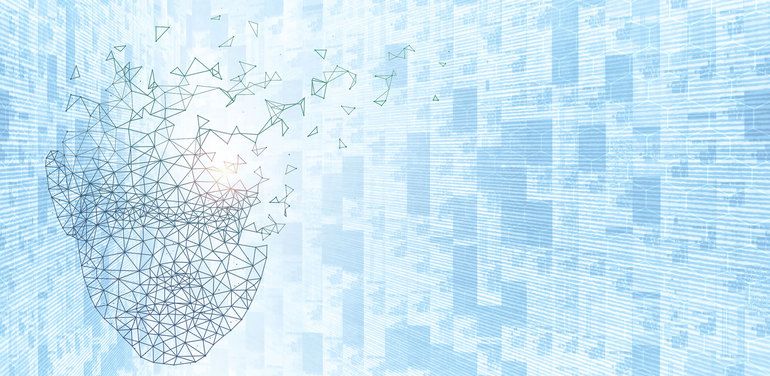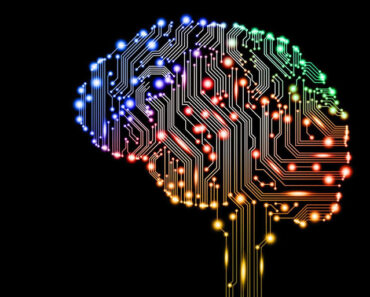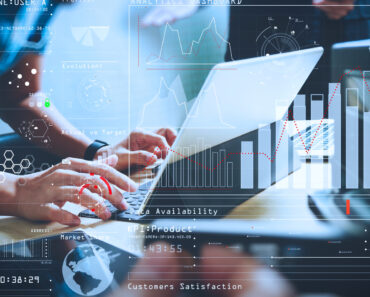The study which enables computers to replicate the human visual system is Computer vision (or) Vision analytics. Computer vision translates digital visual content into explicit descriptions to gather multi-dimensional data. To aid the decision-making process this data is then turned into computer-readable language. Computer Vision is a subset of artificial intelligence which collects information from digital images or videos and processes them to define the attributes.
Computer vision technology is used for building artificial systems that obtain information from images or multi-dimensional data. A significant part of artificial intelligence deals with planning or deliberation for the system which can perform mechanical actions such as moving a robot through some environment.
To self-train and understand visual data computer Vision primarily relies on pattern recognition techniques. Earlier, machine learning algorithms were used for computer vision applications. However, now deep learning methods have evolved as a better solution for this domain.
Let us have a look at some of the techniques on how computer vision is used in the major internet sector.
Object Detection
Object Detection is the process of defining the objects that exist in an image, labeling the same and then output the bounding boxes. Major Object Detection trends in recent years have shifted towards quicker, more efficient detection systems. This was visible in approaches like You Only Look Once (YOLO), Single Shot MultiBox Detector (SSD), and Region-Based Fully Convolutional Networks (R-FCN) as a move towards sharing computation on a whole image.
Image Classification
Image Classification is perhaps, one of the most popular computer vision techniques. The most popular architecture used for image classification is Convolutional Neural Networks (CNNs)
Semantic Segmentation
Semantic Segmentation is considered to be an essential part of the computer vision which segments the entire image into sections of pixels that can be classified and labeled.
Object Tracking
Object Tracking refers to tracking one or more than one moving object in a given scene. This technique has been traditionally applied to monitor the real-world interactions after the initial object had been detected. The most popular deep network for tracking tasks using SAE is Deep Learning Tracker, which proposes offline pre-training and online fine-tuning the net.
Image Reconstruction
The datasets would generally include current photo datasets to come up with the corrupted versions of the picture which the models are to learn to repair.
Instance Segmentation
This method categorizes all of the different instance classes like labeling ten objects by using ten different colors. With regards to classification, there is generally the primary image, and the goal is to identify what exactly is the image.
As the field of computer vision mechanism develops and becomes more advanced, one can start noticing them being used more often for solving business challenges. This is one of the extremely interesting aspects of the field of artificial intelligence. All of the industries are largely investing in the area of computer vision.
The computer vision market is expected to grow from USD 10.9 billion in 2019 to USD 17.4 billion by 2024-growing at a CAGR of 7.8% during the forecast period. Major factors driving the market growth include increasing need for quality inspection and automation, growing demand for vision-guided robotic systems, rising demand for application-specific computer vision systems – Global Forecasts to 2023.











